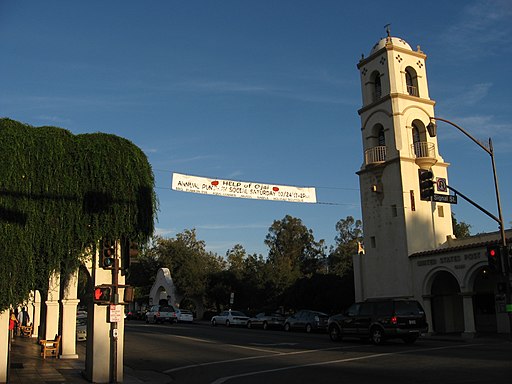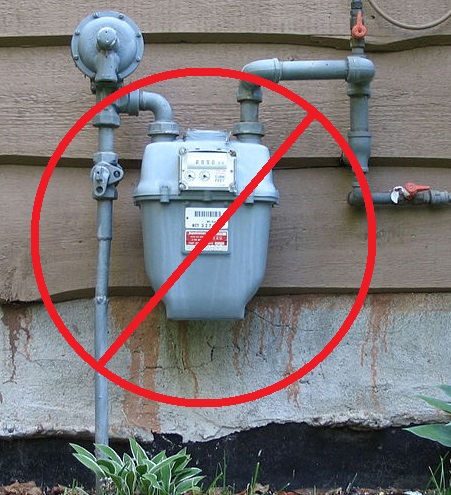The City of Ojai voted to phase out gas in new buildings on Tuesday, Oct. 27, making it the first city in Ventura County to embrace an all-electric future.
The measure led by Mayor Johnny Johnston passed 4-1, with one councilmember dissenting because it was not stricter. Gas will not be allowed in new buildings and proposed exclusions include restaurants and pools. The ordinance is expected to be ratified in a second reading in two weeks. Of 30 comments received, 28 supported the new rules.
“Ojai has demonstrated strong climate leadership, like declaring a climate emergency, adopting a 100% renewable energy default with Clean Power Alliance and being the first city to ban gas-powered landscaping equipment,” said Michelle Ellison, Chair of the City’s Climate Emergency Mobilization Committee. “Gas from buildings is the second largest source of emissions in Ojai, behind transportation, so an all-electric reach code for new construction is an important first step to begin weaning our community off of gas.”
Indoors gas releases carcinogens like nitrogen dioxide, carbon monoxide, nitric oxide and formaldehyde into the lungs.
A recent study by the UCLA School of Public Health found that when a stove and oven are used simultaneously for an hour, acute exposures to nitrogen oxide (NO2) exceeds national and California-based ambient air quality thresholds more than 90% of the time.

Fracked gas also contributes greatly to climate change including record-breaking heat. Ojai reached a high temperature of 118 Fahrenheit in September 2020. Methane, the primary component of natural gas is one of the most potent greenhouse gasses with 28 times greater heat-trapping ability than CO2.
Ojai will become one of 40 municipalities in California that now have new building codes to incentivize or mandate all-electric buildings including Santa Monica and San Luis Obispo. Statewide Utility Codes and Standards Team found that building all-electric reduced construction costs on average $5,000 for single-family homes and over $2,000 per unit in a multi-family building.
“This is an opportunity to leverage Ojai's Leadership role and have an exponential impact by paving the way for other communities to move toward their clean energy future,” said Ellison.
Watch the meeting: